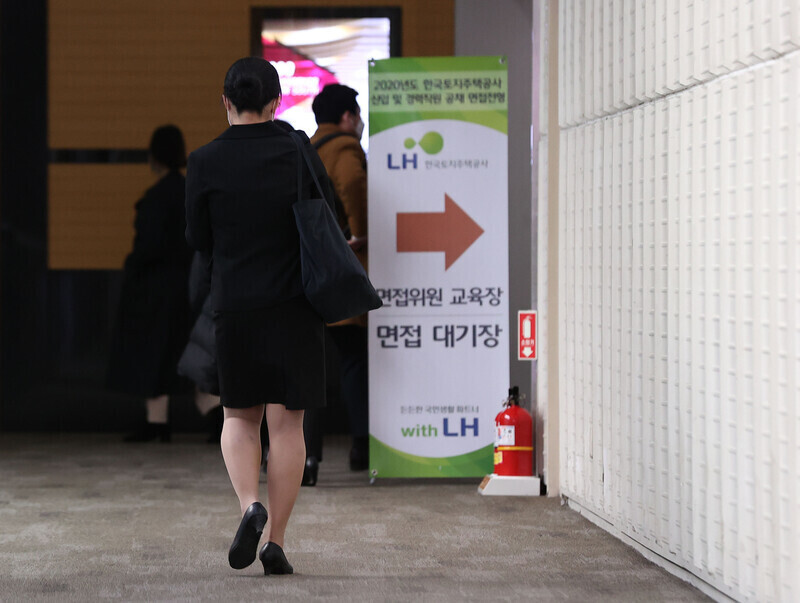2016~2020 Depression, etc. Treatment Status
17.8% of all patients last year were in their twenties

On the afternoon of November 11, last year, a job-prepared student is heading into the waiting area for an interview at COEX in Seoul. yunhap news
The number of patients treated for mood disorders such as depression surpassed 1 million for the first time last year. The increase in female patients in their twenties has increased rapidly, increasing by 144% in the last five years. The National Health Insurance Corporation announced on the 5th the status of health insurance treatment for mood disorders in 2016-20, using health insurance treatment data. Mood disorder broadly refers to a disorder in which an abnormal mood lasts for a long time, and includes depression and bipolar disorder.

Provided by the National Health Insurance Corporation
The number of patients treated for mood disorders in 2020 was 101,6727, an increase of 30.7% compared to 2016 (77,7781). Women (67,1425) were twice as many as men (34,5302). In particular, female patients in their twenties were on the rise. The number of women in their twenties who were treated for mood disorders increased by 144% (63,033) from 44,3749 in 2016 to 10,6752 last year. The growth rate for women in their teens (102.4%) was the second highest, followed by the growth rate for men in their 20s (83.2%).

Provided by the National Health Insurance Corporation ※ Click the image to enlarge it.
Following this trend, the age group who visited the hospital the most for mood disorders last year was also in their twenties (170,987 people, 16.8%). 10,6752 women in their twenties and 64,235 men in their twenties visited the hospital. The age group who used the most medical expenses for health insurance for mood disorders was also in their twenties (133.7 billion won, 19.8%). Compared to 2016, the rate of increase in medical expenses last year was higher for women (63.7%) than for men (46.3%), and the increase rate for single-person treatment was also higher for women (25.1%) than for men (12.2%). Park Sun-young, a professor at National Health Insurance Ilsan Hospital (Dept. of Mental Health Medicine), said, “In general, women are more than twice as frequent as men. Recently, the frequency of anxiety and depressive disorders is increasing in young people, and stress is largely affected by various social factors.I guess it’s going to be giving me the money.” By Lim Jae-woo, staff reporter [email protected]
